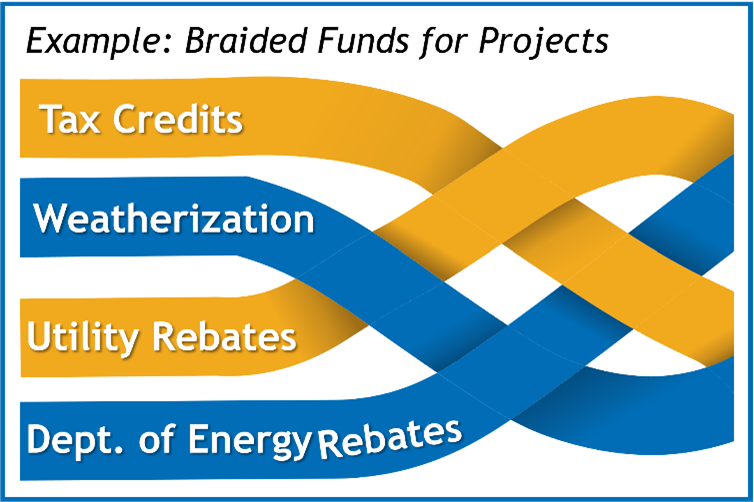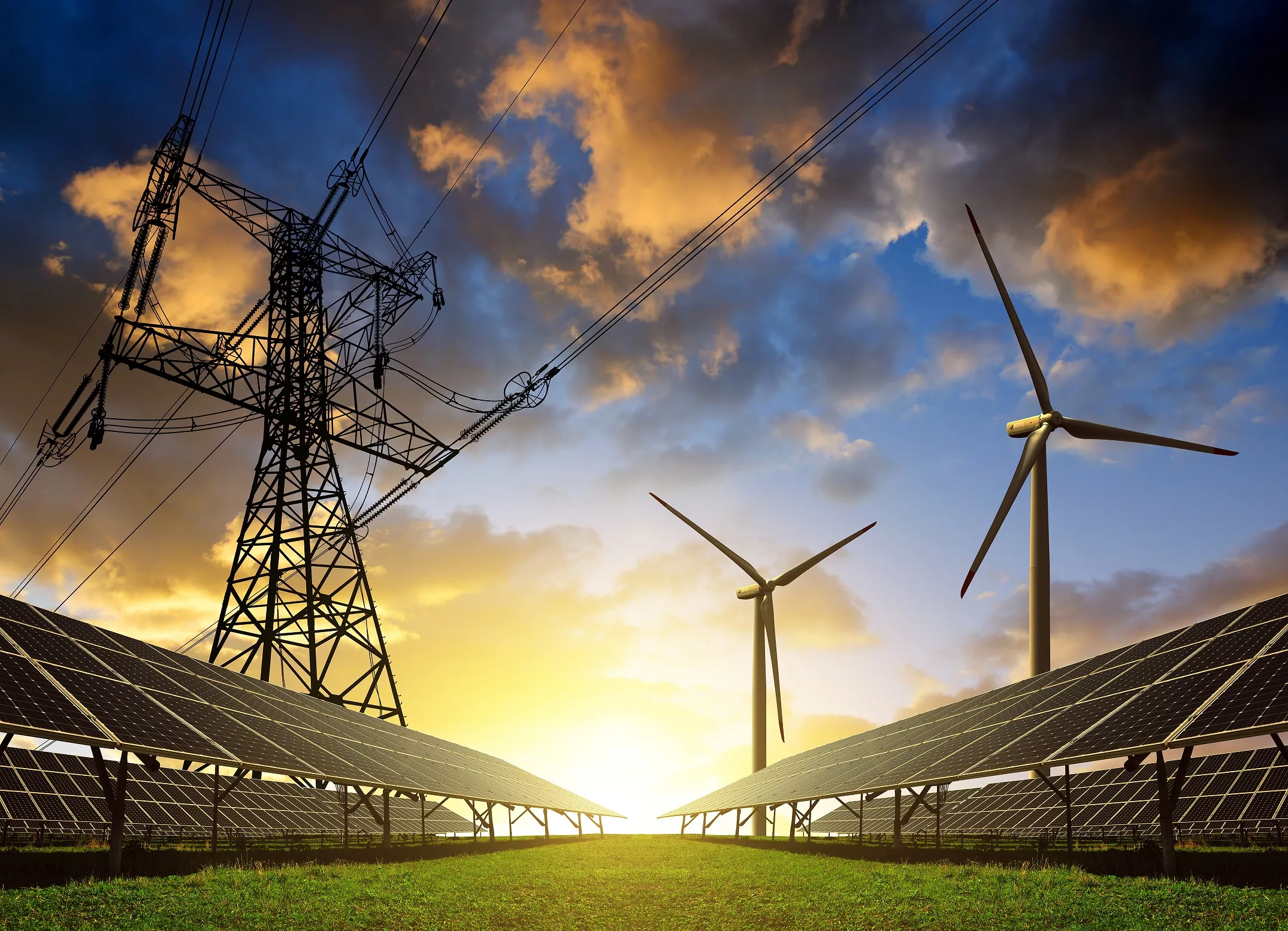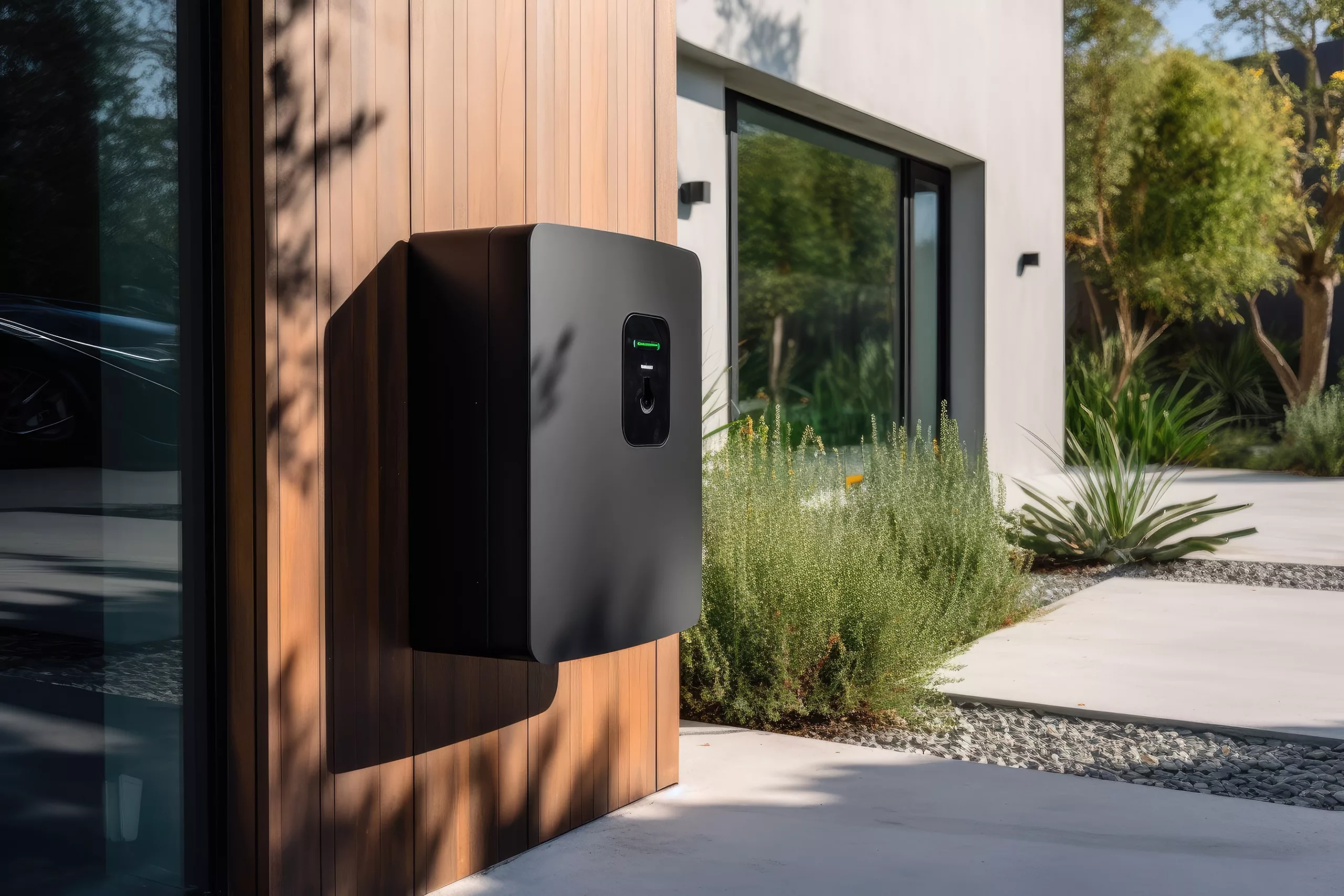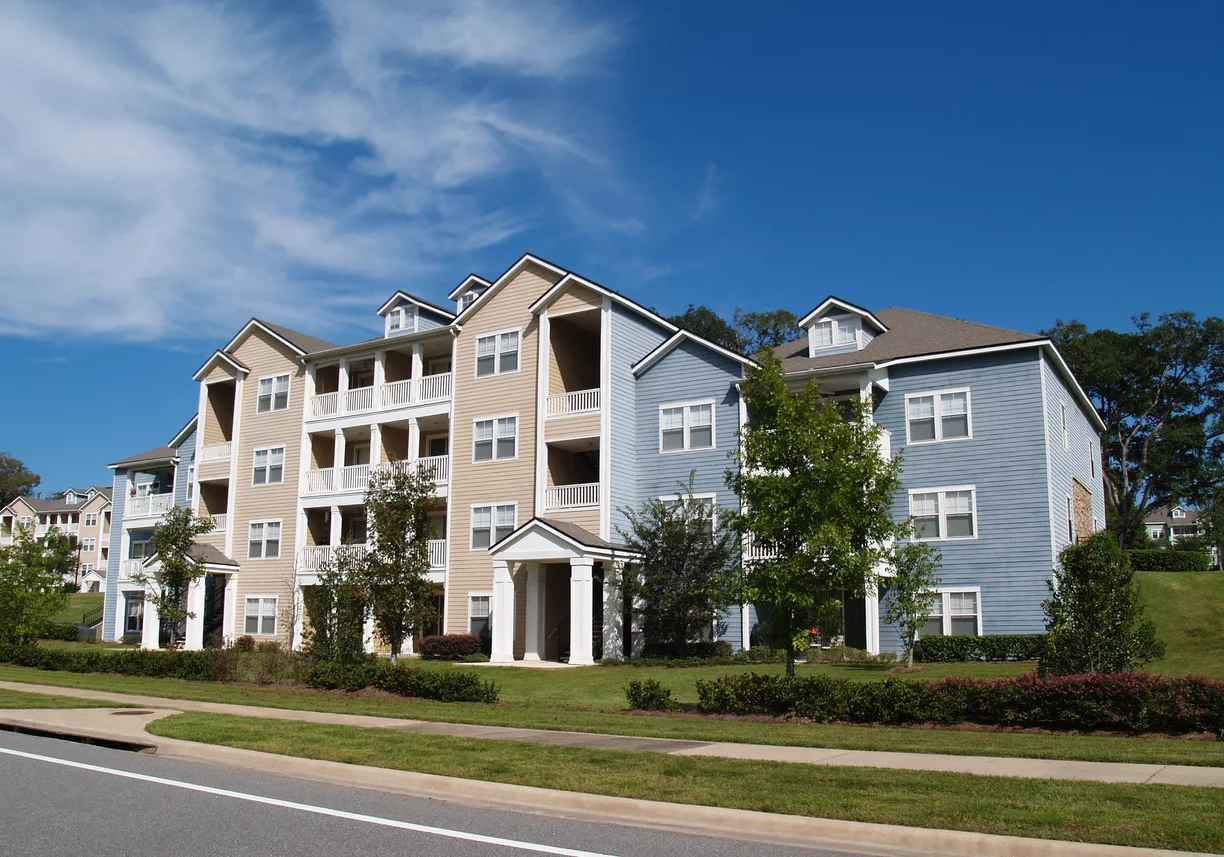March 2024 Newsletter

Tapping Grants, Loans, and Incentives to Cut Project Costs
By Ravi Malhotra, Originally published in NH&RA Tax Credit Advisor, January 2024
Most federal and state agencies aiming to spend their Inflation Reduction Act (IRA) and Bipartisan Infrastructure Law (BIL) funds for residential clients are finding out that it will not be easy. Most do not think of multifamily affordable housing when they design their residential programs. In focusing on single-family homes, they are learning the hard way that the single-family market is hard to scale. Ironically, a multifamily affordable housing-focused program would expend their funds cost-effectively, simply, and in alignment with Justice40 goals, while offering a scalable and replicable solution. Unfortunately, these agencies will need to be convinced that multifamily affordable housing is not “hard to serve,” (a myth created by implementers who do not understand this market) but is, in fact, their salvation. Beyond that, they will need to create tailored programs that can serve multifamily affordable housing at scale. This advocacy now falls on your shoulders.
To complement the IRA and BIL Resource Guide for Multifamily Affordable Housing that was announced in Tax Credit Advisor’s January issue, we have produced a document that (1) serves as a roadmap for agencies to expend their funding allocations, and (2) debunks the myth that multifamily affordable housing is hard to serve. The multifamily affordable housing sector needs to use these documents to push for more than its fair share of the IRA and BIL pie, building its advocacy efforts around the point that this market offers an unmatched solution for getting the money spent. The new resource, Designing, Launching, and Managing Clean Energy Programs for Multifamily Housing, contains guidance such as:
· Multifamily affordable housing programs work best when designed and implemented on a whole-property basis, rather than serving individual apartments, one at a time.
· For myriad reasons, the same program design cannot serve single-family and multifamily, and multifamily affordable housing is a different animal altogether.
· Programs should take advantage of established strategies for the multifamily affordable housing segment to simplify the qualification, intake, processing, invoicing, and reporting process. Read more here

Giant batteries that ensure stable power supply by offsetting intermittent renewable supplies are becoming cheap enough to make developers abandon scores of projects for gas-fired generation worldwide.
The long-term economics of gas-fired plants, used in Europe and some parts of the United States primarily to compensate for the intermittent nature of wind and solar power, are changing quickly, according to Reuters' interviews with more than a dozen power plant developers, project finance bankers, analysts, and consultants.
They said some battery operators are already supplying backup power to grids at a price competitive with gas power plants, meaning gas will be used less. Read more here

Octopus Energy offering free home EV charging with UK’s first V2G tariff
Octopus Energy has launched the UK’s first vehicle-to-grid tariff, named the ‘Power Pack,’ creating a new ecosystem of EVs as a renewable energy battery storage ecosystem. This solution will automatically charge up an EV at the cheapest and greenest times, then discharge the EV’s battery back into the grid at times of demand – and this agreement means Octopus will let its owner charge the EV for free.
The new scheme is in a beta stage at the moment, with just a handful of EVs compatible – but that’s set to change in the coming months. Octopus Energy is estimating that it could save the average V2G driver up to £880 per year – that’s for an EV driven roughly 10,000 miles per year. Read more here

ICAST Policy Blog
States Pledge to Boost Heat Pump Sales
An agreement was signed by environmental agencies in nine states, calling for electric heat pumps to comprise 90% of residential heating, air conditioning, and water heating sales in the signatory states by 2040. Though not legally binding, the memorandum of understanding (MOU) holds that these states—California, Colorado, Maine, Maryland, Massachusetts, New Jersey, New York, Oregon, and Rhode Island—"recognize the importance of state leadership and coordinated state action to ensure national progress in the effort to reduce greenhouse gas (GHG) and air pollutant emissions and address climate change." The MOU also contains an interim goal of at least 65% of residential-scale heating, air conditioning, and water heating equipment shipments being zero-emission heat pump equipment by 2030.
Report Estimates Community Solar Market Growth
A report from Wood Mackenzie, developed in collaboration with the Coalition for Community Solar Access, expects the cumulative U.S. community solar market to surpass 14 GW by 2028. Community solar installations totaled 827 MW through Q3 2023, an 8% increase compared to the first three quarters of 2022. Further, the share of community solar serving low- and moderate-income (LMI) subscribers has grown from 2% in H2 2022 to 10% in H2 2023, with the cost to subscribe LMI customers declining 30% year-over-year. Read more here

How Programs Can Navigate Aggressive Change to Achieve Deep Energy Savings in Multifamily

ICAST Experts Weigh In: Housing Policy Priorities for 2024
By Kristen Cheriegate: Senior Policy Analyst | Ms. Cheriegate navigates ICAST through the policy world to obtain real-world solutions, funding resources, and networks with potential partners to provide more services to low- and moderate-income households.
ICAST’s mission never falters, and we continue to scale the delivery of green solutions to positively impact vulnerable households in low-income and disadvantaged communities (LIDACs). In the policy sphere, we have been responding to state and Federal-level Requests for Information regarding programmatic funding, engaging in committee and conference meetings at the state and national level, and networking continuously to assist in advocating legislation and programmatic guidance that directly supports our target populations.
With state legislative seasons upon us, we wanted to show how our mission and work overlap with the priorities of some of the largest national housing organizations. Read more here
Sign Up for the ICAST Newsletter
